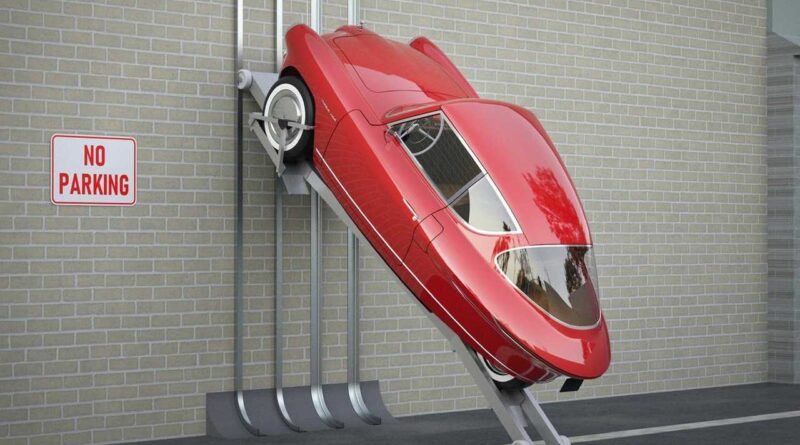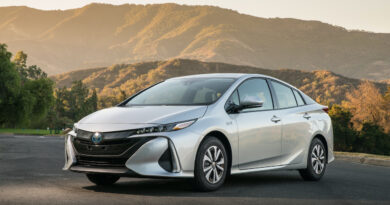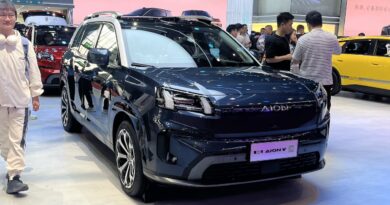Oddball EVs: the weird and wonderful of electric cars
The outer fringes of the EV universe are inhabited by some strange looking cars. Mostly from Europe, where vehicle design rules permit a more creative approach, they are far from the normality of global sales stars like the Tesla Model 3 or Nissan Leaf.
Take a look at these and you’ll see what we mean…
Citroen Ami
Launched in 2020, the Ami is a bare-basics two-seater designed for city dwellers. Inexpensive, minimalistic and cleverly designed, this tiny Citroen is classified as a quadricycle, not a car.
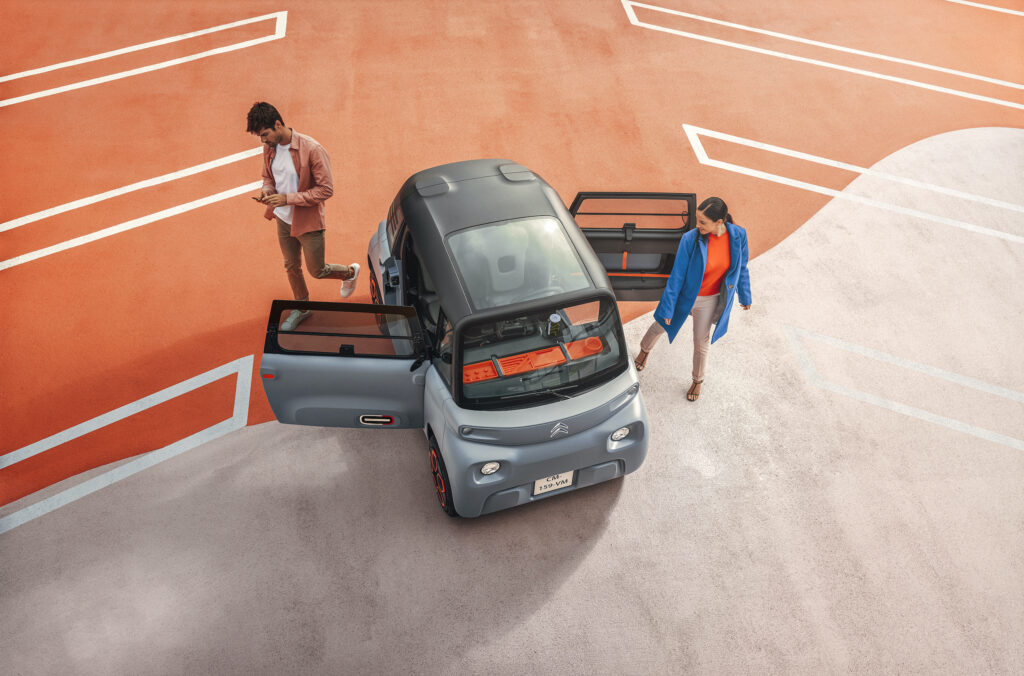
This special European vehicle category for lightweight four-wheelers doesn’t exist in Australia, which means there’s no chance the Ami will ever be seen on the streets of Sydney or Melbourne.
This may not be a bad thing. The Citroen is limited to 45km/h, so it can be legally driven by, say, 16-year-old Italians without a full licence. But it will have trouble keeping up with fit cyclists, let alone cars.
There’s a single electric motor, max power 6kW, driving the Ami’s rear wheels. Its battery stores 5.5kWh of energy, so it can be completely recharged from a normal wall socket in under three hours. Its driving range is 70km.
The Ami weighs under 500kg, batteries included. It has a tubular steel frame clad with plastic panels. To keep construction costs down, the doors are identical and the same panel is used for both the nose and tail of the vehicle.
These measures make the Ami a quirky thing to look at and to use. If it wasn’t for the headlights and tail-lights, it would be hard to tell which end is the front. The decision to use exactly the same door on left- and right-hand sides means that one opens normally and the other is a rear-hinged, so-called ‘suicide’ set-up.
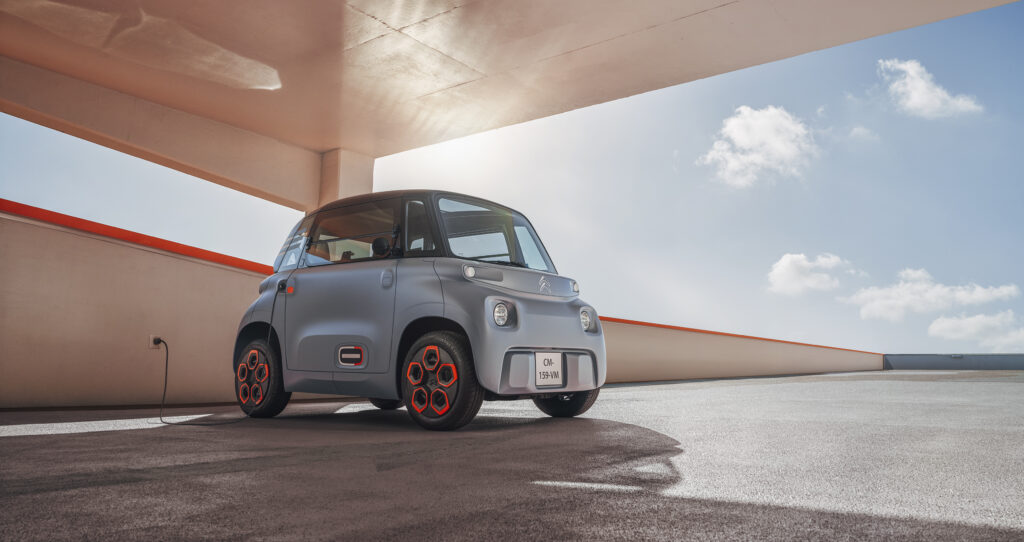
Inside, the Ami is spartan but colourful. Like Citroen’s famed 2CV economy car, the bottom half of the Ami’s side windows flip up when extra ventilation is needed. The infotainment system is whatever is on your smartphone, which can be docked on the Ami’s dashboard.
The Ami doesn’t set out to compete with normal cars. Instead it’s an alternative to a motor scooter (but with better weather protection) or a monthly public transport ticket (but with more flexibility).
Seen this way, the Ami is super competitive. The price to buy one outright is under the equivalent of $10,000, around the same money as a top-end Vespa scooter. Citroen is also selling Ami access subscriptions for around $30 a month, a price that’s competitive with public transport in many large European cities.
Microlino
This one’s retro design, including the front-opening door, was inspired by the Italian-designed Isetta microcar from the 1950s that was also made under licence by BMW.

Due to go into production in 2021, the car is a side project of the Swiss company behind the Micro brand of folding kickscooters (and a planned electric three-wheel scooter called the Microletta).
They don’t take themselves too seriously. “Space for two adults and three beer crates,” is how the Microlino website describes its carrying capacity.
Prices for the tiny four-wheeler are planned to start from the equivalent of under $20,000 in Europe. It will have a top speed of 90km/h, and buyers will have a choice of 8kWh and 14kWh lithium-ion battery packs good for driving ranges of 125km and 200km respectively.
The Microlino has a single motor driving its closely spaced pair of rear wheels. Its sub-2.5 metre length means it can be parked nose to kerb, so swinging open the side-hinged front door means driver and passenger can step straight onto the footpath.
Like the Citroen Ami and Renault Twizy, the lightweight Microlino is classified as a quadricycle, not a car. This means it doesn’t have to meet the same crash safety standards as normal cars. And in some European countries the rules permit quadricycles to be driven with a special licence available to teenagers several years before they can obtain a full car licence.
The car seen here is Version 2.0 of the Microlino. It’s the work of an Italian concept car, prototype and low-volume manufacturer Cecomp, which will build the Microlino in a facility outside Turin. They have an EV track record, having already produced 7000 small battery-powered city cars used by European car-sharing schemes like Autolib in Paris.
Uniti One
Headed by a young Australian called Lewis Horne and founded in 2016, Uniti is a car-making start-up that grew out of an open innovation project at Lund University in Sweden.
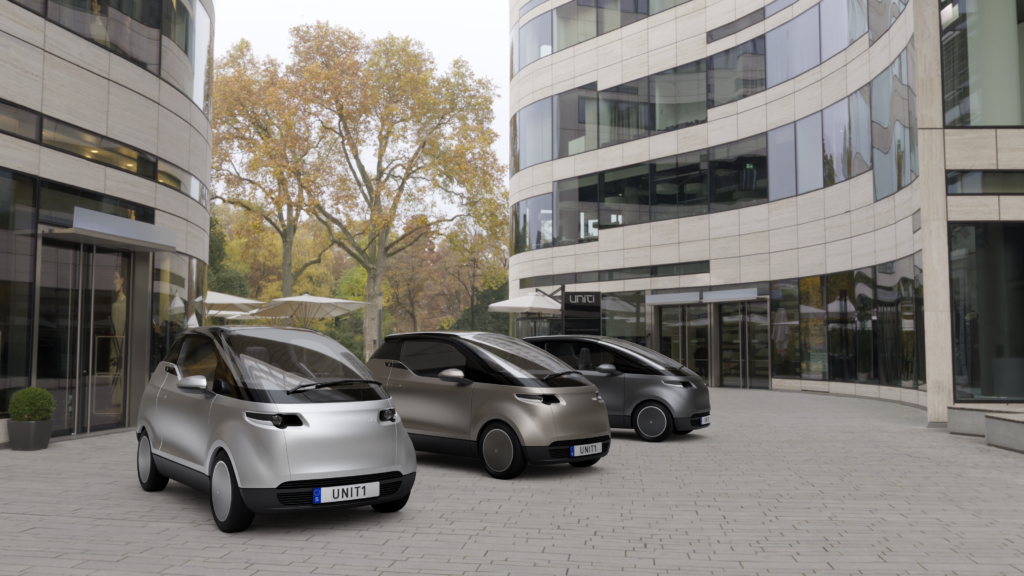
The One, Uniti’s first model, is a small three-seater with a central driving position. Unlike the Ami and Microlino, the One is a true car. It will have a 120km/h top speed and a driving range up to 300km.
The long-range version of the One will have a 24kWh battery pack. With the smaller 12kWh battery pack, Uniti is aiming to price its EV below the equivalent of $30,000. The One will support 50kW DC fast-charging, making it capable of longer journeys.
The EV has a single 50kW motor driving the rear wheels, which is promised to deliver 0-100km/h in around 10 seconds. The car will also feature advanced security and safety technology, including smartphone entry instead of a conventional key.
With its pair of rear seats folded flat, the One’s cargo capacity will be 760 litres. The interior design reflects Uniti boss Horne’s admiration for Apple-style aesthetics.
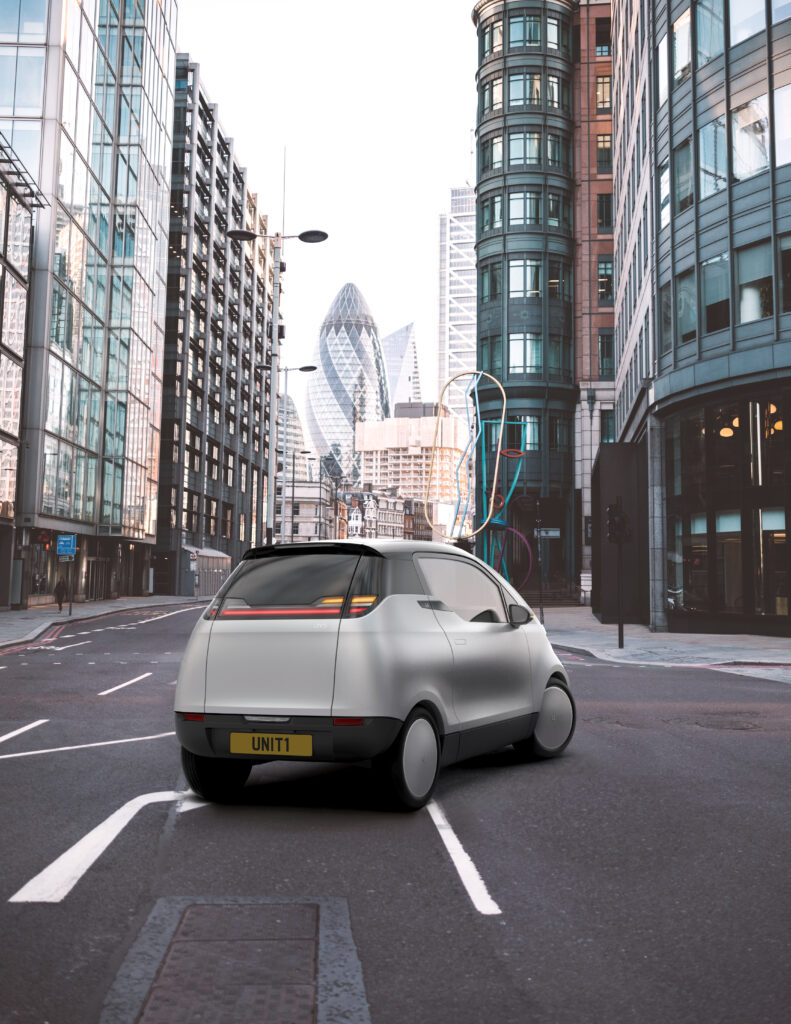
Production of the One was supposed to get under way in the UK in 2020, but the Covid-19 crisis has disrupted the company’s plans. The car has been designed for construction in small production facilities that Uniti calls nano-factories.
Horne sees the One as providing a core for car-sharing schemes and integrated mobility-service businesses around the world. While the plans are grand, it’s not guaranteed that struggling Uniti will be able to turn its ideas into reality.
Nobe GT100
It looks like it drove straight out of late-1950s Italy and the name sounds Japanese, but this EV is from Estonia.
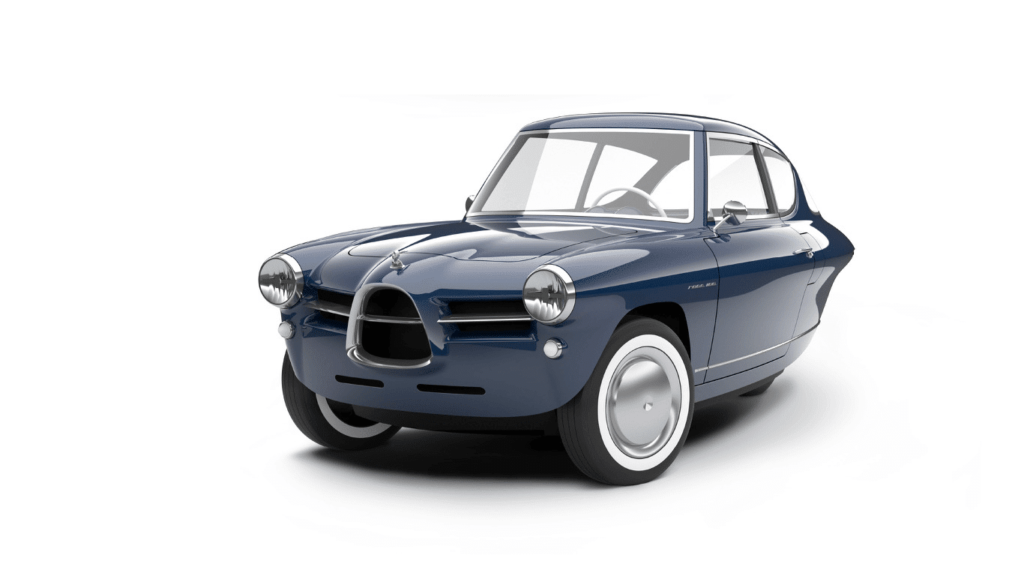
The Nobe GT100 is a three-wheeler with all-wheel-drive and room for three. It has a steel frame and carbon-fibre bodywork. It’s unusual for using in-wheel hub motors. Together they deliver 72kW. Acceleration is snappy and the top speed is 130km/h.
All-wheel-drive and light weight mean the Estonian EV easily copes with snow and sand, as well as normal roads. The Nobe GT100’s 25kWh battery pack should deliver a driving range of 260km.
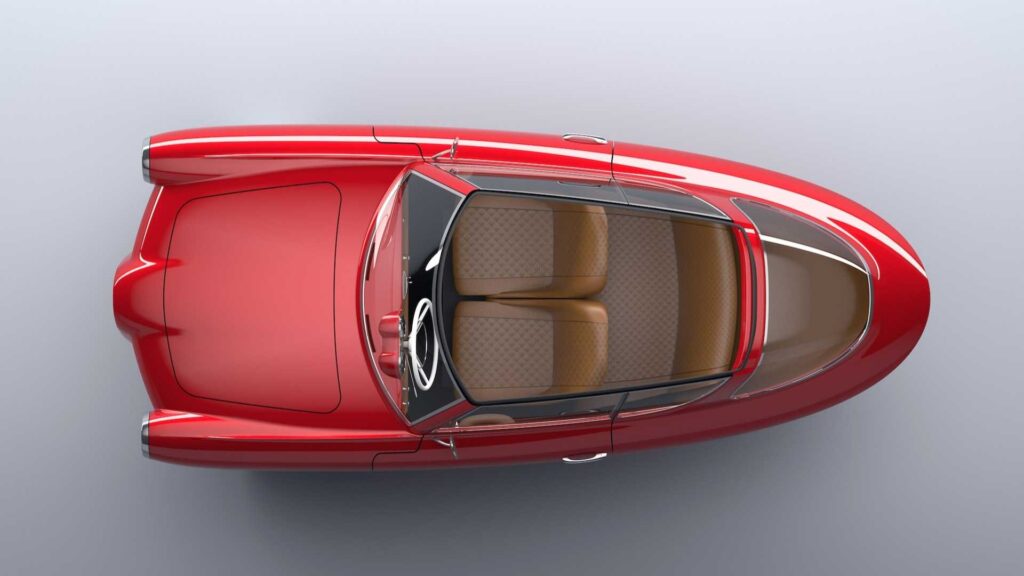
It’s not yet in production, but Nobe is already looking at also building the GT100 in America, where it’s aiming to price the three-wheeler at around US$40,000.
Baojun E300 Plus
The E300 Plus looks like a mobility appliance that was beamed in from the future, but it’s actually been on sale in China since June 2020.
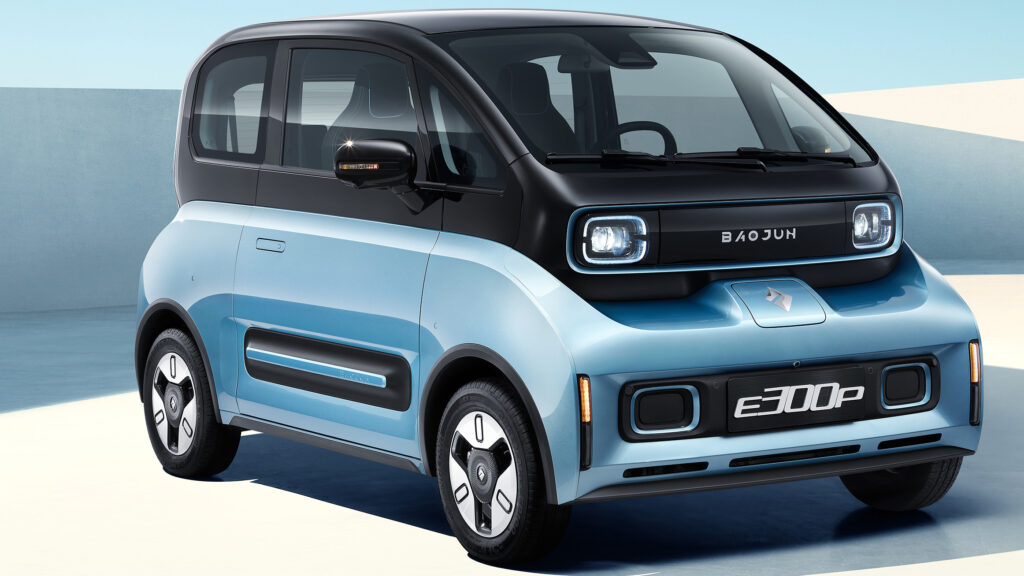
It’s the product of a three-way collaboration between big Chinese state-owned manufacturer SAIC, General Motors and Wuling, a Chinese car-maker that began in the 1980s building Mitsubishi products under licence.
The new Baojun is a really affordable EV. The price of the top long-wheelbase Plus version, which seats four, is under the equivalent of $20,000 in China. The basic E300 short-wheelbase is around $13,000. As a result, the E300 has become one of the most popular EVs in the world’s most populous nation.
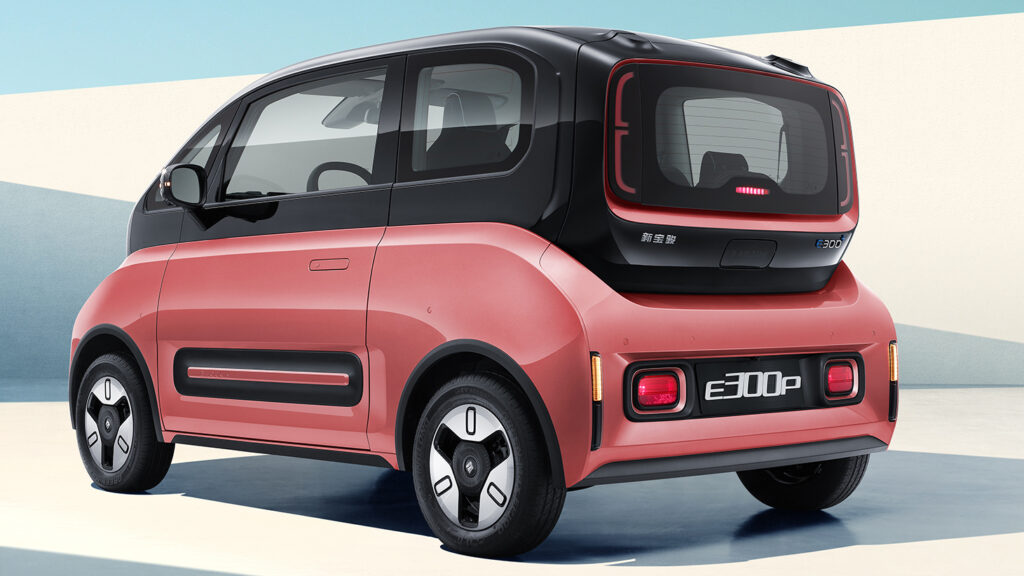
The E300 Plus is powered by a single 40kW electric motor drawing on a 32kWh battery pack that’s DC fast-charge capable. The claimed driving range is around 300km, but the E300 Plus’s top speed is limited to 100km/h.
The E300 Plus is less than three metres long, so the rear seat is squeezy, but the interior features plenty of up-to-date digital tech.

